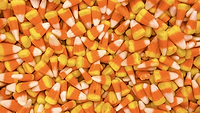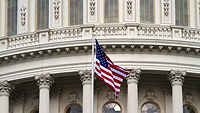FDA is Petitioned to Ban Red Dye 3 in Food Based on Harmful Health Effects, Children’s Exposure

Credit: Erol Ahmed (erol) via Unsplash
Consumer groups are calling for the use of erythrosine—also known as red dye 3—in foods to be banned, pointing to studies suggesting the food coloring’s carcinogenicity and children’s heightened exposure to the coloring. Although red dye 3 was banned in cosmetics over 30 years ago by the U.S. Food and Drug Administration (FDA), it is still approved for food applications.
Red dye 3 is synthetic food coloring made from petroleum. The substance is commonly used to give foods and drinks a bright, cherry-red color. According to the Environmental Working Group (EWG), red dye 3 is present in over 2,900 food products.
Recently, the Center for Science in the Public Interest (CSPI), Consumer Reports (CR), and 22 other people and groups submitted a letter to FDA, petitioning the agency to remove red dye 3 from the list of approved color additives in foods, dietary supplements, and oral medicines. This is because multiple studies have demonstrated red dye 3 to cause cancer in animals at high levels. Other studies have shown that red dye 3 and other artificial food dyes may lead to hyperactivity and other neurobehavioral effects in children. CR has also highlighted FDA’s own findings indicating that U.S. children ages 2–5 consume twice as much red dye 3 per bodyweight than the general population.
On the other hand, industry groups assert that red dye 3 is safe at the levels that people typically consume, as well as question whether animal studies are relevant to humans.
The petitioners stress that there is no public health justification for permitting the use of red dye 3 in foods while prohibiting the dye in cosmetics and externally applied drugs, pointing to internal red tape at FDA as the reason why red dye 3 has not yet been banned for food applications.
Looking for a reprint of this article?
From high-res PDFs to custom plaques, order your copy today!





